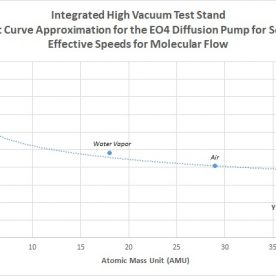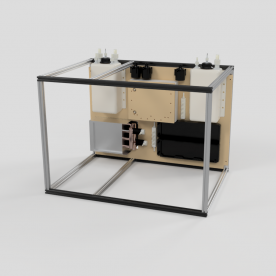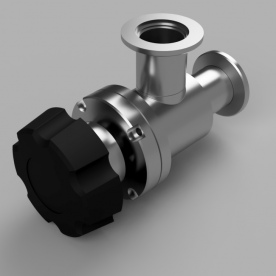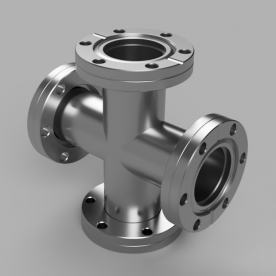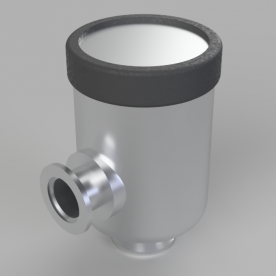INTRODUCTION
This is the first of a short series dealing with the high vacuum calculation and design of a small scale multipurpose high vacuum system for use in a wide range of charged particle beam and plasma experiments.
Since this field of experimentation for the average hobbyist largely involves long periods of time for waiting on finding the right components, sourcing parts from eBay and other various resources, as well as being a relatively expensive pursuit in general, it is strongly recommended to study, research, and design the system in advance as opposed to diving in blindly, purchasing components on a whim of eBay, and rushing to start experimenting as soon as possible. Especially if one embarks to generate well informed experiments, data, and results, the system that is being built should be thoroughly designed and understood so that error can be reduced to as little as possible. By knowing all of the parameters of a system, one can also establish very accurate estimates to how the system should respond over a wide range of operational parameters and inputs, and can allow for much better and more accurate experimental results.
This series of posts will cover all of the major and required calculations, planning, and workflow relating to the initial design of one of the high vacuum systems being developed and tested at Applied Ion Systems – the Small Scale Multipurpose High Vacuum System. Subsequent posts will cover various simulations, build logs, testing, and data related to the actual build of the system itself, and provide an example of how one might go about designing a high vacuum system. The following posts walking through the design calculations will include the following chapters:
02 – INITIAL HIGH VACUUM SYSTEM REQUIREMENTS
03 – CALCULATIONS FOR CONDUCTANCES AND EFFECTIVE SPEEDS IN MOLECULAR FLOW FOR VARIOUS PROCESS GASES
- 03.1 – System V2 Design
- 03.2 – System V2 Design Calculation Comparison to Estimates Using Dushmans Table
- 03.3 – Supplemental Information for Molecular Flow Calculations
- 03.4 – System V3 Design
- 03.5 – System V4 Design
05 – TOTAL GAS LOAD DUE TO OUTGASSING AND DETERMINATION OF ULTIMATE PRESSURE DURING PUMPDOWN
06 – MAXIMUM GAS LOADS FOR PROCESS GASES FOR VARIOUS EXPERIMENTS
07 – FORELINE PARAMETERS AND PUMPDOWN TIME FROM ATMOSPHERE TO ROUGH VACUUM
To supplement the information, PDFs of the calculations done for the various sections in the process will be provided. Due to the fact that the calculations are very long and tedious, the math itself will not be posted in the blog entry, but be referred to from the PDFs. Pictures, models, and other data will also be provided as needed. While this is not meant to be a substitute in any way for proper research and reading of high vacuum engineering from academic literature, the goal is to provide useful information and help in these areas and provide an example of how such a system can be initially designed and calculated.
Below are some general notes to consider for the following walkthrough:
– This series of posts is meant as both documentation of efforts here for one of the vacuum systems developed at Applied Ion Systems, as well as a general informative walk-along for more intensive engineering design. However, there are many ways to go about design – this example shows the progression of system design in this particular case, but each system will vary based upon initial conditions, goals, and criteria.
– The initial calculations presented are not meant to be hard set actual numbers. Since there are so many variables present in high vacuum systems, these calculations can only provide a rough guide to what may be expected, and provide a point of initial design comparison and expectations. They are meant as rough estimates and a guide, not exact figures.
– Many material properties and constants used in these calculations, such as outgassing rates, will vary between sources. Data values presented here are general values acquired from a variety of sources, and will differ depending on a wide number of factors due to the complex nature of vacuum systems in general.

